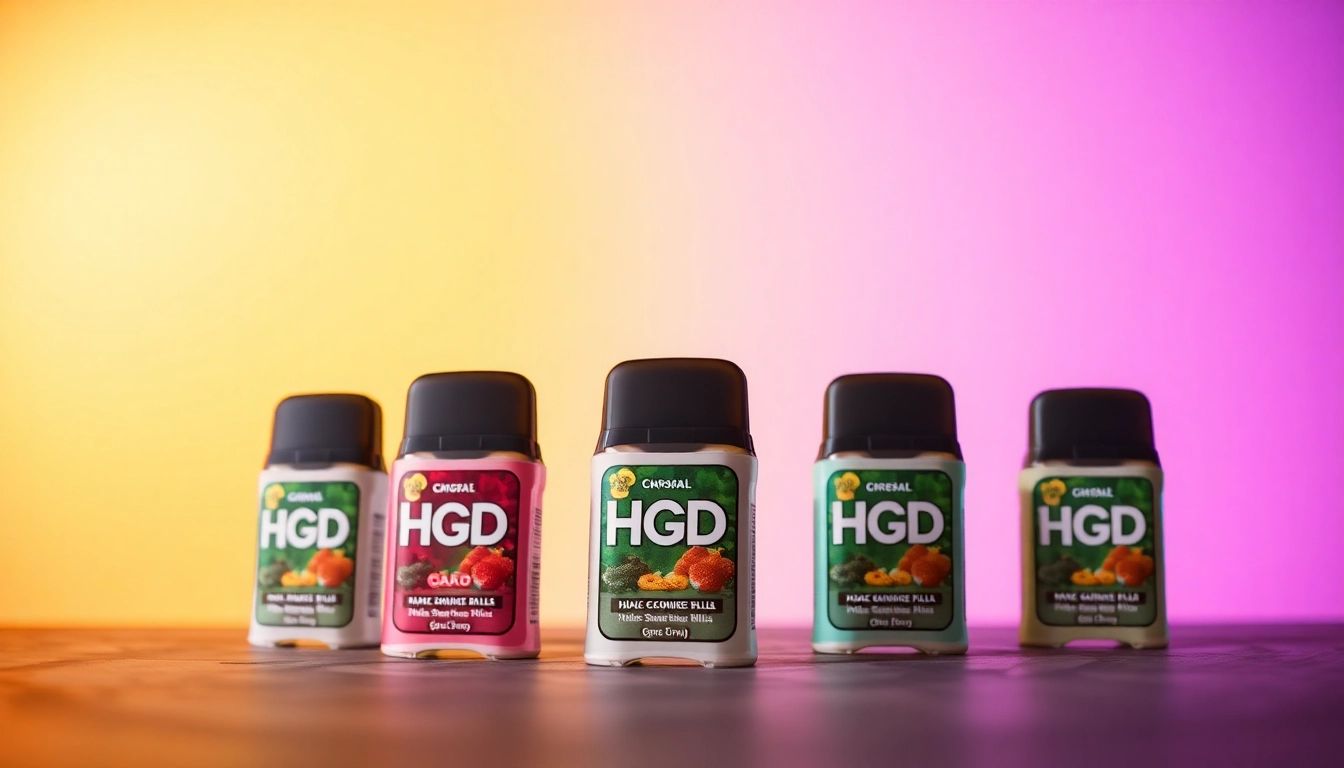Understanding Welding Jackets
What is a Welding Jacket?
A welding jacket is an essential piece of personal protective equipment (PPE) designed to safeguard welders against the hazards associated with welding processes. Such hazards include intense heat, ultraviolet radiation, sparks, and molten metal spatter. A quality welding jacket offers comprehensive coverage while providing comfort and flexibility, allowing welders to perform their tasks effectively.
Importance of Flame Resistance
The importance of flame resistance in welding jackets cannot be overstated. When welders are engaged in their work, they face numerous risks, including exposure to high temperatures and burning materials. A flame-resistant jacket serves as a vital barrier against fire and extreme heat, significantly reducing the risk of burns and other injuries. The material used in welding jackets must meet specific safety standards, such as those established by the National Fire Protection Association (NFPA) or the American National Standards Institute (ANSI).
Different Types of Welding Jackets
Welding jackets come in various types, each suited for different welding applications and environments. The most common types are:
- Leather Jackets: Known for their unparalleled heat resistance and durability, leather jackets are ideal for heavy-duty welding tasks.
- Cotton Jackets: These jackets offer breathability and comfort, making them suitable for light welding applications.
- Synthetic Jackets: Made from advanced materials like Nomex or Kevlar, synthetic jackets combine light weight with excellent flame-resistance properties.
- Hybrid Jackets: Utilizing a combination of materials, hybrid jackets provide a balance of comfort, durability, and protection.
Key Features of Welding Jackets
Material Safety Standards
The effectiveness of a welding jacket in protecting the wearer hinges on the materials used in its construction. Compliance with safety standards is crucial. Fabrics should be tested for flame resistance, with ratings that signify their capacity to withstand heat exposure. Common testing standards include ASTM F1506 for flame resistance and NFPA 701 for fire testing of textiles.
Layering and Insulation
Layering within a welding jacket is critical in extreme weather conditions. Jackets designed with insulation technology can help maintain body temperature, protecting welders from the cold while still allowing flexibility and mobility. This feature becomes particularly important when working in outdoor environments, where weather conditions can change rapidly.
Comfort and Fit for Welders
The fit and comfort of a welding jacket influence a welder’s ability to work efficiently. A well-designed jacket should allow for a full range of motion and be adjustable at various points. Look for jackets with features like reinforced elbows, adjustable cuffs, and breathable mesh linings that enhance comfort during prolonged use.
Popular Materials Used in Welding Jackets
Cotton and Its Advantages
Cotton is one of the most widely used materials for welding jackets due to its affordability and comfort. It is soft to the touch, breathable, and allows for moisture evaporation. Most importantly, flame-resistant cotton is treated to withstand sparks and spatter, making it suitable for light to moderate welding applications.
Leather Welding Jackets
Leather welding jackets provide exceptional protection and durability. They can resist flames and withstand the wear and tear of heavy welding tasks. The natural properties of leather also offer a degree of insulation against heat, making these jackets ideal for tasks in high-temperature environments. However, leather jackets are usually heavier and may require more care and maintenance compared to cotton options.
Synthetic Fabrics: Pros and Cons
Synthetic fabrics, such as Nomex and Kevlar, are engineered to offer outstanding flame resistance while remaining lightweight and comfortable. They provide excellent protection against thermal hazards and are often more durable against abrasions than natural fibers. However, their moisture-wicking ability may vary, and they may not be as comfortable in extremely hot conditions.
How to Choose the Best Welding Jacket for Your Needs
Identifying Your Welding Techniques
Your welding technique greatly influences the type of jacket you need. For example, MIG and TIG welders may prefer lighter fabrics for comfort and flexibility, while stick welders, exposed to more sparks, may require jackets that are heavier and more protective. Assessing your specific welding style and environment will help guide your choice.
Weather Considerations
Consider the climate in which you’ll be working. For cold outdoor environments, insulated or layered jackets with good thermal protection should be prioritized. In contrast, for hot, humid conditions, breathable fabric with moisture-wicking properties will ensure comfort while maintaining safety.
Budgeting for Quality and Safety
While budget constraints are a reality for many, investing in a high-quality welding jacket is essential for safety. A cheaper jacket may compromise safety standards and durability, leading to more significant risks and costs in the long run. Evaluate different brands and models within your budget to find one that offers the best combination of safety features and comfort.
Care and Maintenance of Welding Jackets
Washing Instructions
Proper care and cleaning of welding jackets extend their lifespan and maintain their protective qualities. Always follow the manufacturer’s washing instructions, which may include cold washes and hang drying to prevent shrinkage. Avoid bleach and fabric softeners, as they can degrade flame-resistant properties.
Storage Tips
When not in use, store your welding jacket in a cool, dry place away from direct sunlight. This prevents fading and damage to the fabric. Consider hanging the jacket rather than folding it to prevent creasing, which could deteriorate its protective function.
When to Replace Your Jacket
It’s crucial to assess the condition of your welding jacket regularly. Signs that replacement is necessary include visible wear, fraying seams, or if the fabric has lost its flame-resistant properties. Even if the jacket appears intact, prolonged exposure to high flames and heat can weaken its material, making timely replacement vital for safety.



